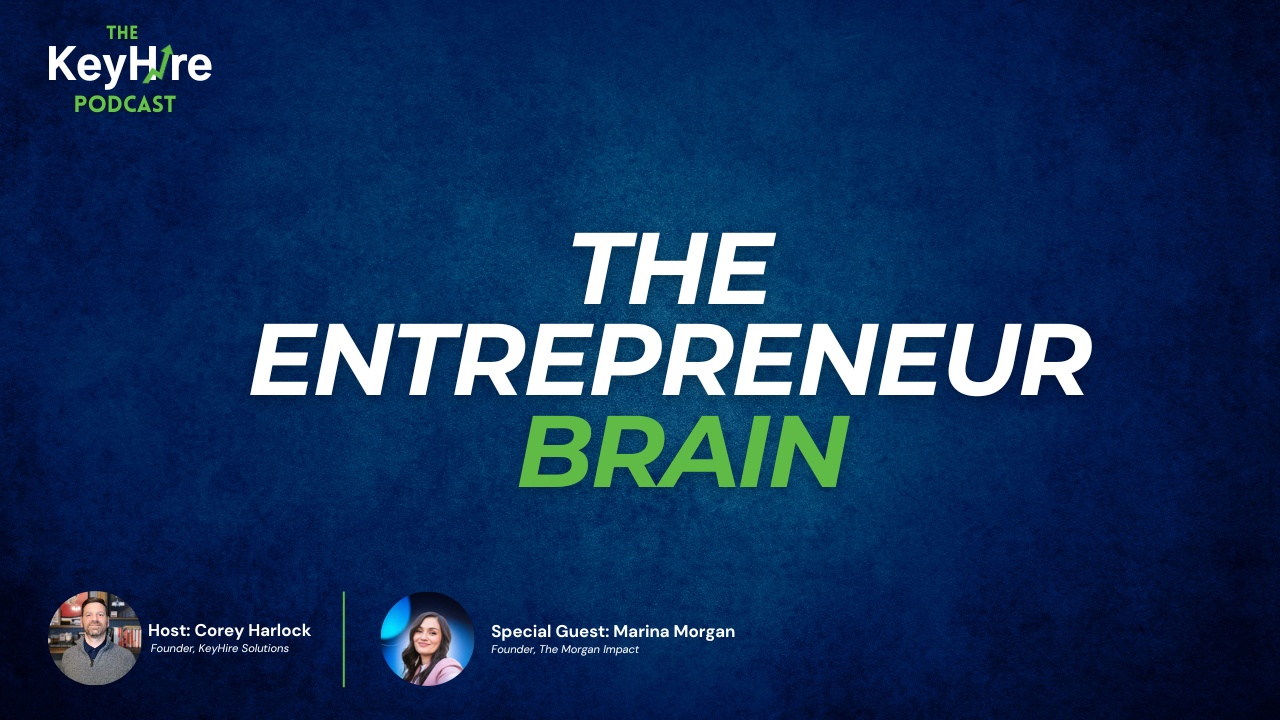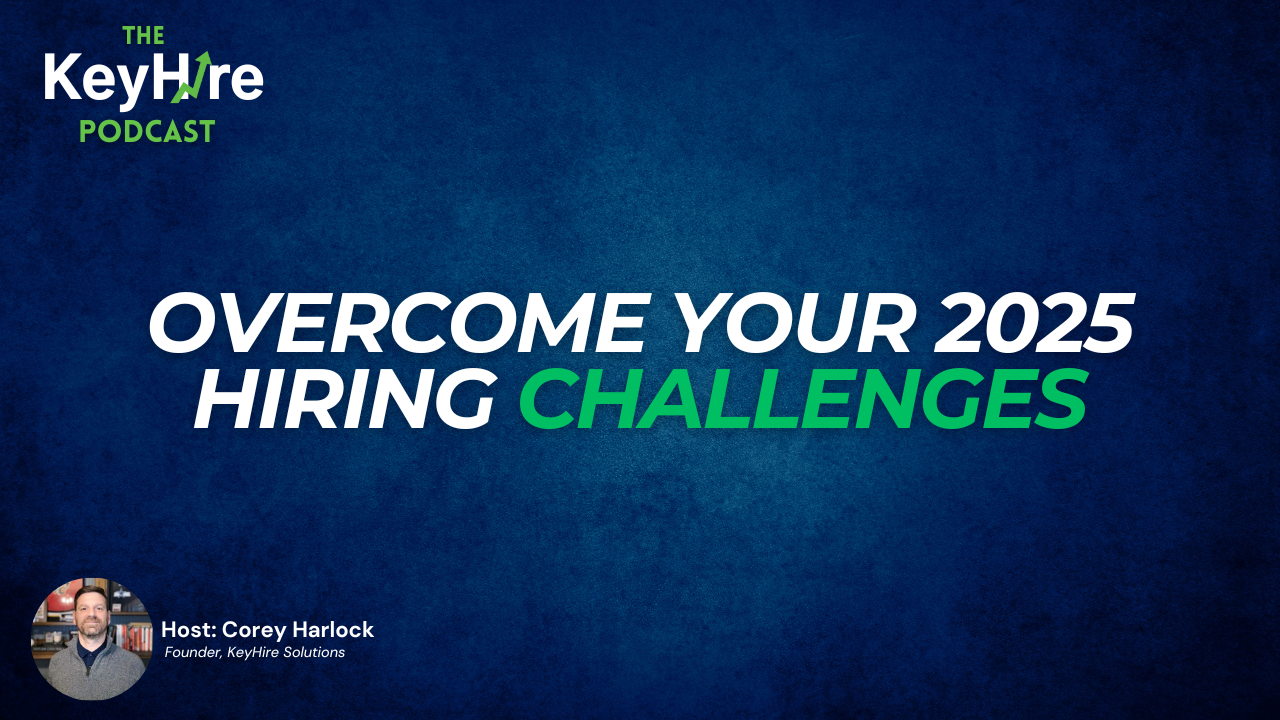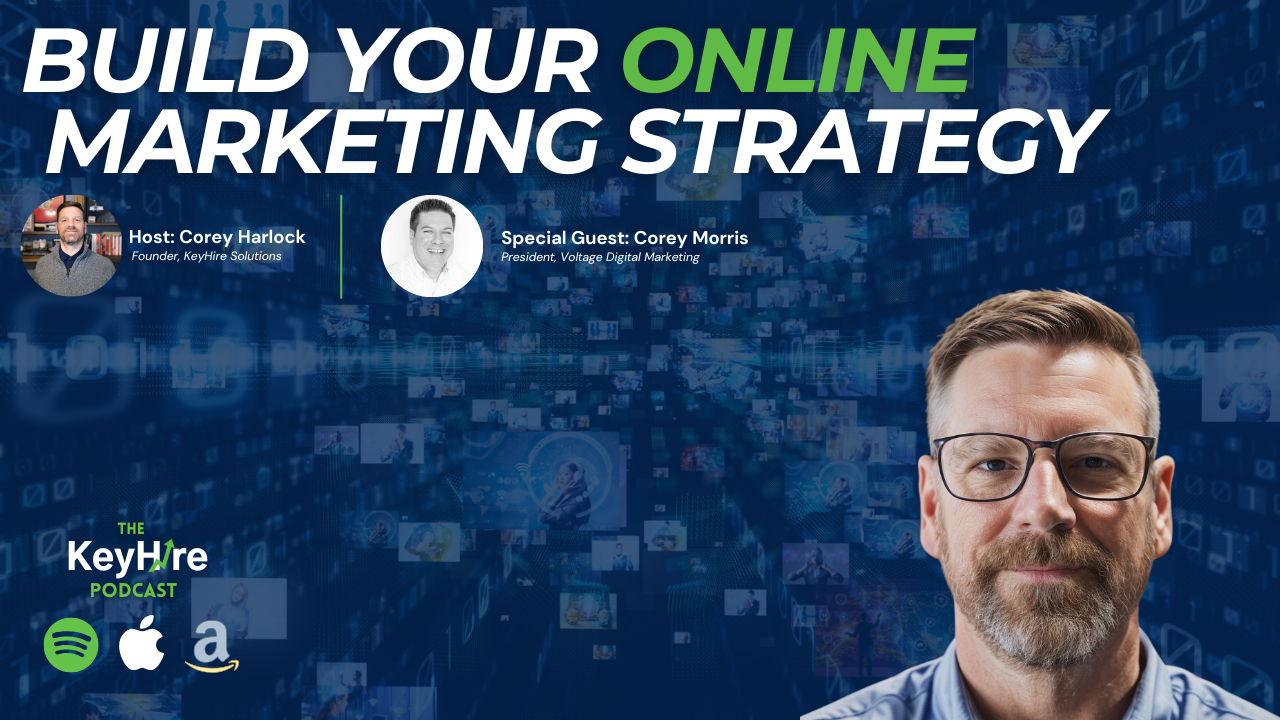Scaling a Small Business in Today's Tight Labor Market: Strategic Solutions for Growth

The labor market remains one of the biggest challenges facing small businesses today. While unemployment hovers around 4.2%, this seemingly favorable statistic masks a deeper reality: there are more job openings than unemployed people, creating intense competition for talent. For business owners looking to grow, this presents a fundamental question: how do you scale when qualified candidates are scarce and your best employees are constantly being recruited by competitors?
This challenge isn't temporary. According to economist Dr. Bill Conerly of Conerly Consulting, "The current decade from 2020 to 2030 has the lowest growth of the working age population since the Civil War." This demographic reality means that hiring challenges will persist, making it essential for small business owners to develop comprehensive strategies that go beyond traditional recruitment methods.
Understanding the New Reality of Small Business Management
The shift from labor abundance to scarcity represents a fundamental change in how businesses must operate. For decades, from the 1970s through the early 2000s, employers enjoyed what Dr. Conerly describes as "four decades of really strong growth of the working age population." During this period, managers could adopt authoritarian approaches because job seekers had limited options.
The old paradigm included long lines of job applicants for every opening, managers who could make unreasonable demands without consequence, and a "tell me why I should hire you" mentality that put all pressure on candidates. Companies maintained a high tolerance for poor management because employees had few alternatives and limited mobility between positions.
Today's reality demands a completely different approach that recognizes the power shift in the employment relationship. Multiple job opportunities now exist for every qualified candidate, meaning top performers receive regular recruitment calls and offers from competing employers. Candidates evaluate employers as much as employers evaluate them, researching company culture, management quality, and growth opportunities before accepting positions.
Poor management now drives away talent that's expensive and difficult to replace, making leadership skills a critical business competency rather than a nice-to-have attribute. As Dr. Conerly explains, "There are more job openings than there are unemployed people. And the job openings are a soft number. There are plenty of businesses that say, yeah, we've got one position open. But if three good candidates happen to walk in the door that week, they grab all three of them." This reality requires business owners to rethink their approach to talent management and organizational design fundamentally.
Three Pillars of Productivity-Driven Growth
When faced with talent shortages, the most effective strategy is to maximize output from existing team members. This approach requires systematic investment in three critical areas:
Tools and Technology Investment
- Regularly ask employees what tools would improve their productivity
- Don't assume cost prohibits investment—sometimes a $50 solution saves thousands in efficiency
- Involve employees in identifying workflow bottlenecks and daily frustrations
- Show employees you're willing to invest in their success and effectiveness
Strategic Training and Development
- Provide management training before promoting high performers to leadership roles
- Offer skill development courses that align with career advancement goals
- Create mentorship programs that develop internal talent pipelines
- Invest in courses and coaching that employees specifically request
Leadership Development and Management Excellence
- Recognize that people quit managers, not companies
- Train first-level supervisors in fundamental people management skills
- Focus manager time on coaching and development rather than just task completion
- Create systems that support consistent, meaningful employee feedback
The Science of Retention: Your Secret Weapon for Business Growth
The most cost-effective hiring strategy is keeping the employees you already have. This requires understanding what motivates your best performers and addressing their needs before competitors do. Dr. Conerly advocates for "stay interviews"—proactive conversations with valued employees about what keeps them engaged. He explains, "Instead of asking the cows why they left the barn after they're already gone, ask what do you like about the barn? What do you dislike about the barn?" This approach allows you to address issues while employees are still engaged rather than conducting exit interviews after they've already accepted other positions.
Remember the 80/20 Management Problem, which is that most managers spend 80% of their time with the bottom 20% of performers—the problem employees who require constant attention and correction. Meanwhile, top performers receive minimal attention beyond occasional recognition. This backwards approach drives away your best people while enabling poor performance to persist.
Consider These Advanced retention strategies:
- Implementing regular "stay interviews" with key employees every 90 days
- Addressing minor frustrations before they compound into major dissatisfaction
- Offering meaningful employee referral bonuses ($5,000 instead of $500)
- Creating celebration rituals around employee referrals and achievements
- Providing clear advancement paths and skill development opportunities
Avoiding Critical Mistakes in Tight Labor Markets
Mistake #1: Treating hiring as a reactive process
Many business owners only think about hiring when they have immediate openings. This reactive approach puts you at a disadvantage because top candidates are typically employed and not actively seeking new jobs. Build continuous relationships with potential candidates through industry events and professional networks.
Mistake #2: Undervaluing employee referrals
If you're willing to pay recruiting agencies 20% of a new hire's salary, why offer employees only $500 for referring new hires? Increase referral bonuses to meaningful amounts—$2,500 to $5,000 for professional positions—and celebrate them publicly.
Mistake #3: Ignoring the first-level manager problem
Poor management is the primary reason good employees leave. Many companies promote technical experts to management roles without providing leadership training. This creates a cascade of issues that drives away talent and reduces overall productivity.
Mistake #4: Focusing only on compensation
While competitive pay matters, employees often want things that cost little but mean a lot: recognition, professional development opportunities, better tools, flexible schedules, or simply being heard when they suggest improvements.
Mistake #5: Neglecting the stay interview process
Most companies conduct exit interviews after employees have already decided to leave. Instead, implement regular "stay interviews" with top performers to understand what keeps them engaged and address concerns before they become deal-breakers.
Taking Action: Your Next Steps
Conduct comprehensive stay interviews with your top 20% of employees within the next 30 days
- Ask what they enjoy most about their role and the company
- Identify specific frustrations and operational bottlenecks
- Understand their career aspirations and development interests
- Address minor issues immediately before they become significant problems
Audit and overhaul your employee referral program
- Calculate your current recruiting agency costs
- Increase referral bonuses to 25-30% of agency fees
- Create celebration rituals around successful referrals
- Track referral program effectiveness and ROI
Develop your talent pipeline systematically
- Identify ideal candidates before you need them
- Build genuine relationships through industry events and associations
- Maintain contact with former employees who left on favorable terms
- Create systems for ongoing relationship building
Invest in management training and development
- Provide leadership development for all first-level managers
- Train managers to conduct effective one-on-one meetings
- Create systems that prioritize employee coaching over administrative tasks
- Measure manager effectiveness through regular employee feedback
Key Takeaways
- The tight labor market represents a permanent shift: Demographic trends mean competition for talent will intensify over the next decade, requiring fundamental changes in approach
- Productivity improvements can offset labor shortages: Strategic investments in tools, training, and management practices help existing teams accomplish more
- Retention is more cost-effective than recruiting: Keeping good employees costs significantly less than replacing them and provides better long-term results
- Employee referrals are dramatically underutilized: Most companies offer token incentives while paying agencies thousands for the same results
- Management quality determines retention success: Poor first-level management drives away top talent and creates expensive turnover cycles
The businesses that thrive in this challenging environment will be those that view talent strategy as a core business function, not an HR afterthought. By focusing on productivity, retention, and strategic recruitment, small business owners can build the teams they need to achieve sustainable growth despite demographic headwinds and increased competition for skilled workers.
Want to dive deeper into this topic? Listen to the full conversation between Corey Harlock and Bill Conerly on the KeyHire Small Business Podcast. For more insights on building
stronger teams and scaling your business, visit KeyHire Solutions.
Learn more about Bill Conerly: https://conerlyconsulting.com/
Check out our sponsor:
Career Spring, Careers launch here: https://careerspring.org/
Connect With Us:
KeyHire Solutions, Be Our Next Success Story: https://www.keyhire.solutions/testimonials
Contact Corey: corey@keyhire.solutions











